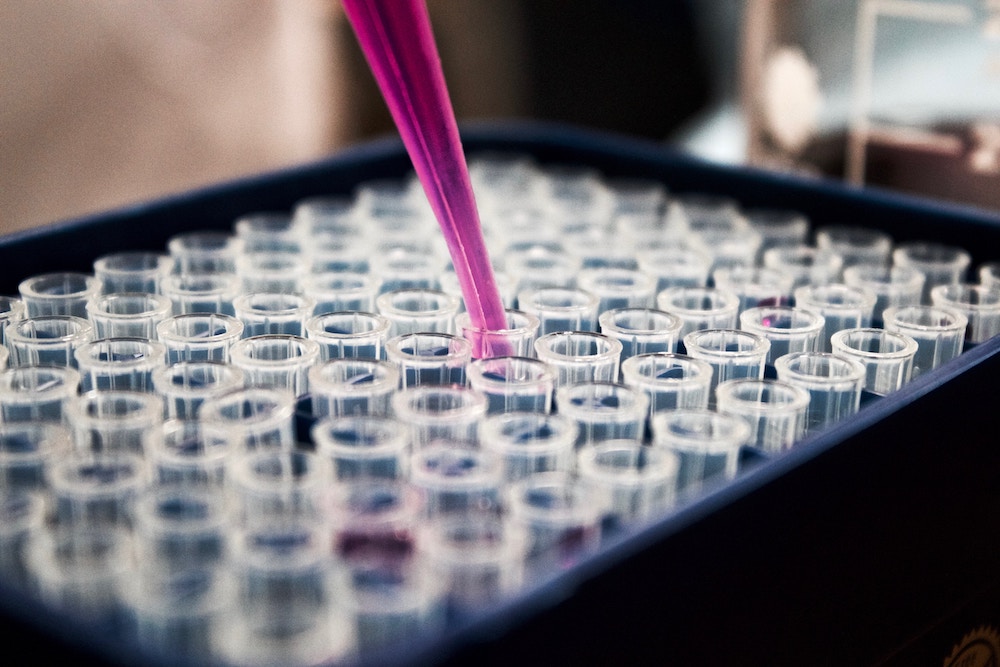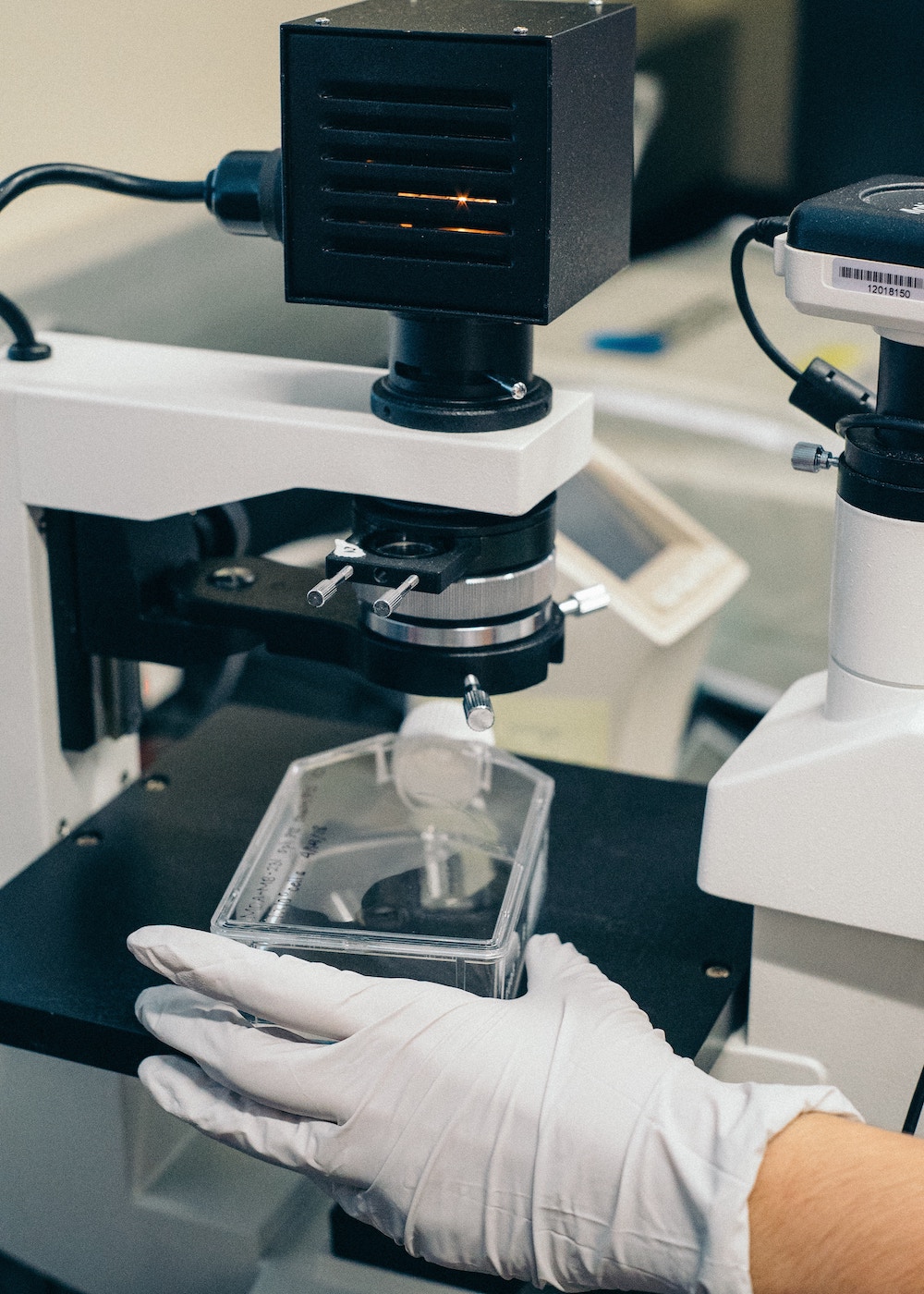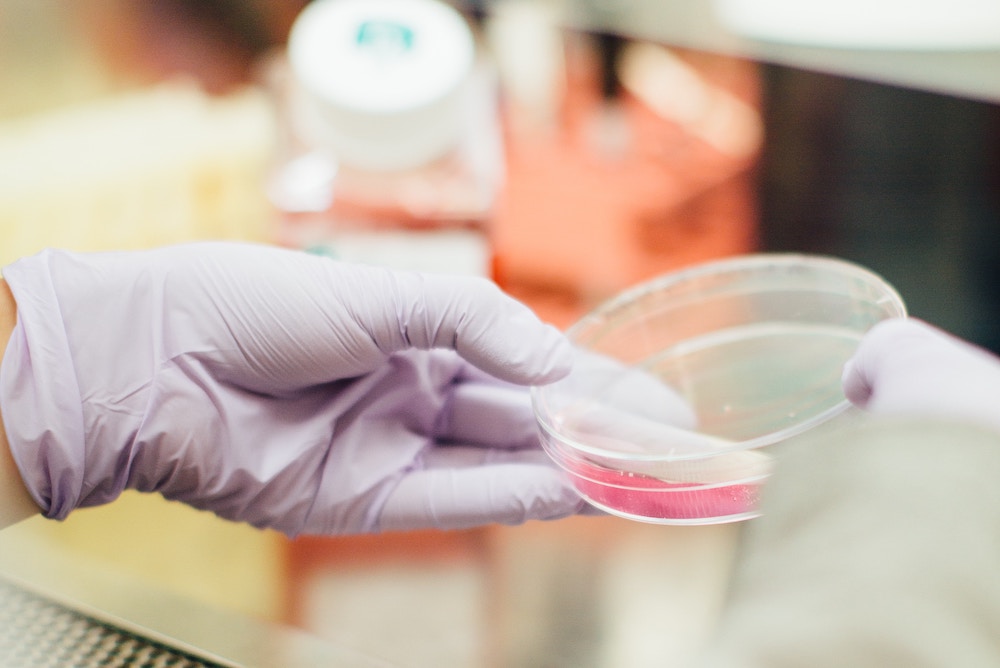When chemist and founder of the Warner Babcock Institute, John Warner, tragically lost his two-year-old son to a birth defect, he turned to the science he knew best for answers. “On the night of his funeral, I stared at the ceiling and asked myself, ‘I wonder if something I did as a chemist caused my son’s birth defect,’” Warner recalls. Over the past ten years, he has transformed from a scientist and professor into one of the leading voices in the field of Green Chemistry, literally writing the book on developing non-toxic products from the ground up. His life’s mission: to turn Green Chemistry into a fundamental part of every chemist’s education, ensuring that future generations will improve the circumstances of our manufacturing and business practices from the molecular level on up.
A big part of your approach is rethinking chemistry education; is it true that toxicology and environmental health sciences are not part of the training of chemists?
You will be shocked to learn that to get a undergraduate or graduate degree in Chemistry, a student does not have any course work that provides them with the skills necessary to anticipate negative impacts of new molecules and materials on human health and the environment. There is a massive treasure trove of information within the fields of toxicology and environmental health sciences where people throughout the years have decoded the underlying molecular mechanisms of what causes molecules to do harm. Unfortunately, the chemists who make new molecules are not trained to access that information BEFORE they make things. When you hear about red dyes in cosmetics that cause cancer, or additives in plastics that cause birth defects, or monomers that are endocrine disruptors, you should wonder: “Why in the world would a chemist WANT to make a hazardous material?” The point is, of course they don’t, but the classical university chemistry curricula doesn’t contain the info they need! The science that helps inventive chemists tap into this critical knowledge is called Green Chemistry.
You’re the co-author of Green Chemistry, a groundbreaking book that advocates for the creation of non-toxic products, forwarding this push for business-friendly sustainability. Why is removing toxicity an obstacle?
The book, Green Chemistry: Theory and Practice is now 20 years old! It is amazing how things have evolved over the past couple decades. Many universities are now teaching green chemistry, there are countless conferences globally on green chemistry, there are journals dedicated to green chemistry, textbooks. It feels like things are finally now coming together. The reason its hard to remove toxics is simply chemists do not have a lot of experience doing it yet. What we consider modern chemistry has been around for 200 years. Green chemistry, while over 20 years old, is just now coming into its own. I think the future will be amazing.

In business and manufacturing, waste removal can exceed the cost of the raw materials used to make the product; it seems in the business’s best interest to have more sustainable practices. Is sustainability really at odds with business?
No, companies have learned that if you provide your workforce with the knowledge of the principles of green chemistry, they will be more creative, more profitable, and will hasten the time to market for new products. Unfortunately, we do not yet have all the pieces in place to train everyone. But it’s happening.

To solve this, you’ve helped put together a non profit organization called Beyond Benign to help future chemists focus on Green Chemistry, what does that do?
Beyond Benign is doing two major things. (1) It is focusing on improving K-12 STEM education by helping create new curricula and teaching materials for teachers to teach their traditional lessons in ways that draw in their students. (2) The focus on higher education, specifically sponsoring the Green Chemistry Commitment, asking chemistry departments to make changes in their curricula to insure that all students of chemistry learn about green chemistry and how to avoid making hazardous materials.
You’ve also pioneered the Green Chemistry Commitment, which askes university chemistry departments to work on creating a curriculum that will ensure that future chemists are educated on Green Chemistry. There are currently nearly 50 signees from chemistry department chairs at schools like UC Berkeley, UC Davis, University of Minnesota and the University of Toronto. What does that progress mean to you?
This is my ray of hope. But it’s just the tip of the iceberg. There are hundreds of schools to go. A month ago, Universidad EAN, in Bogota, Columbia became the first university in Latin America to sign the commitment! With all of these pioneering, visionary universities joining I can’t help but be full of optimism. Please understand, my dream is not to have every university one day sign the commitment. My dream is that one day the commitment becomes unnecessary because everyone is already doing it!













